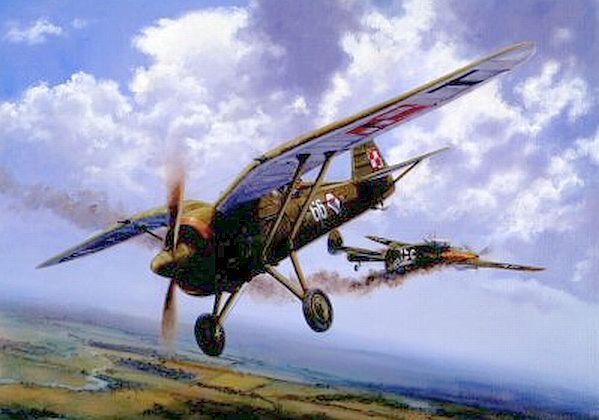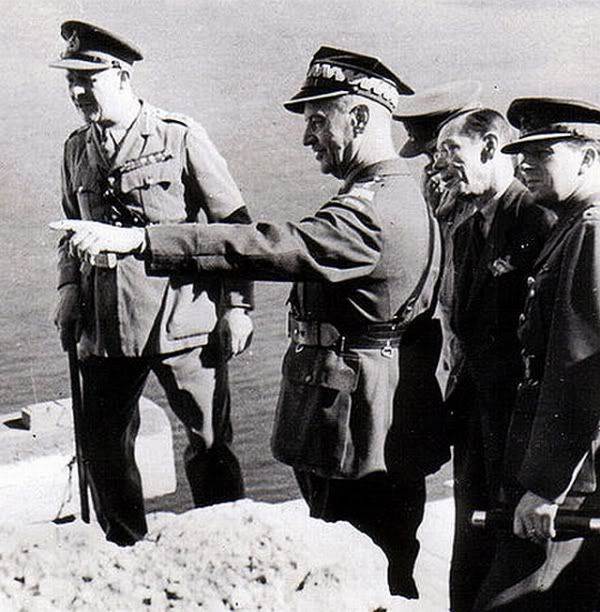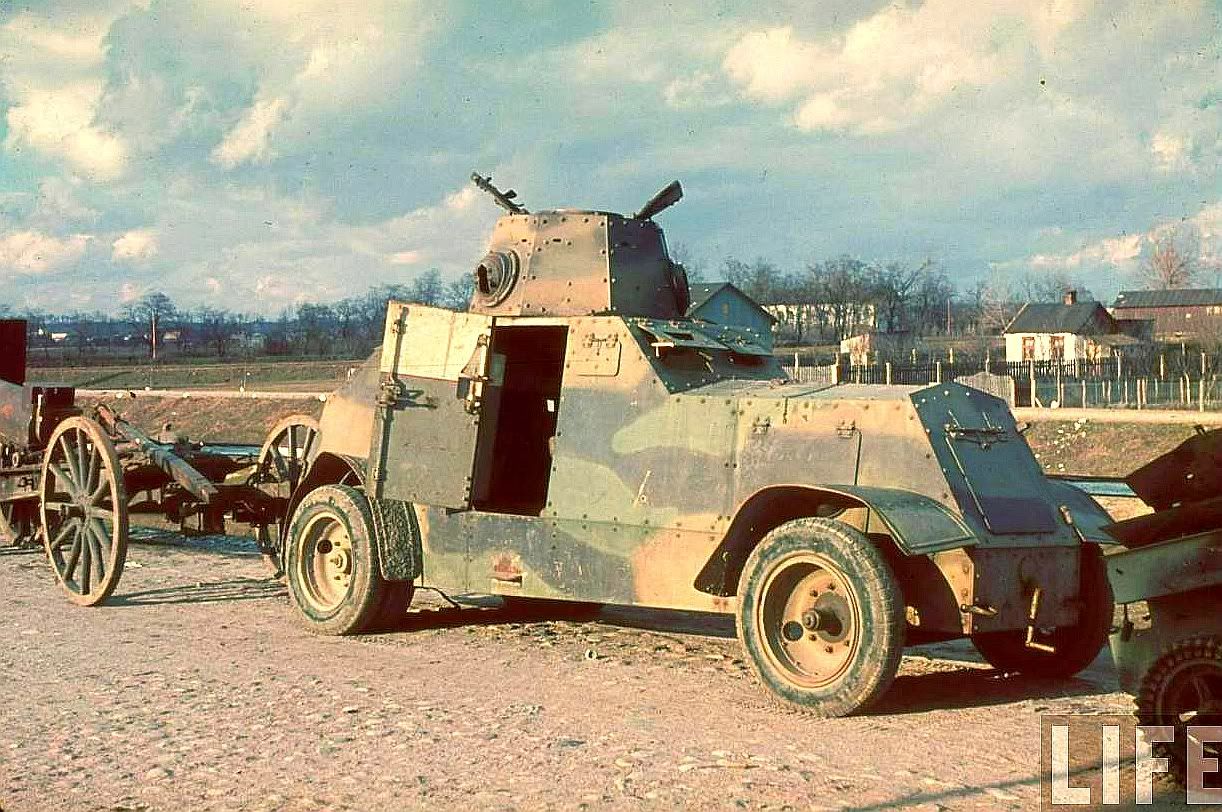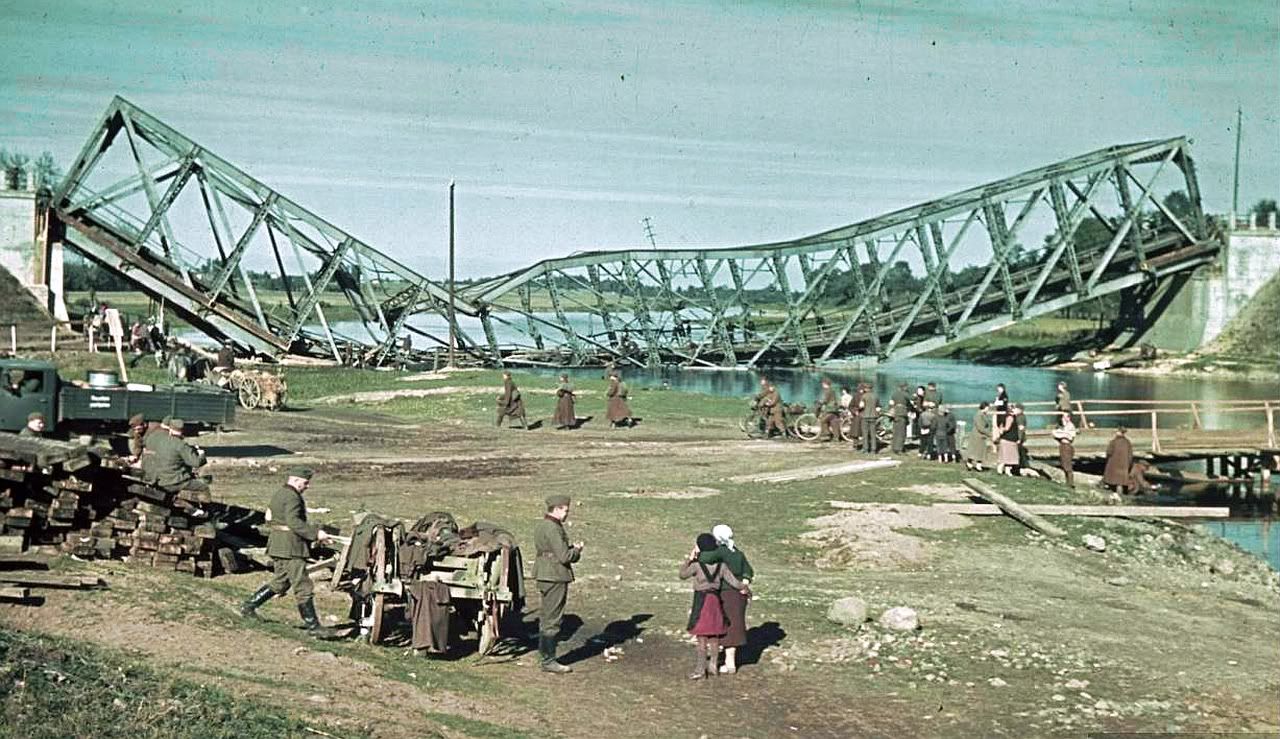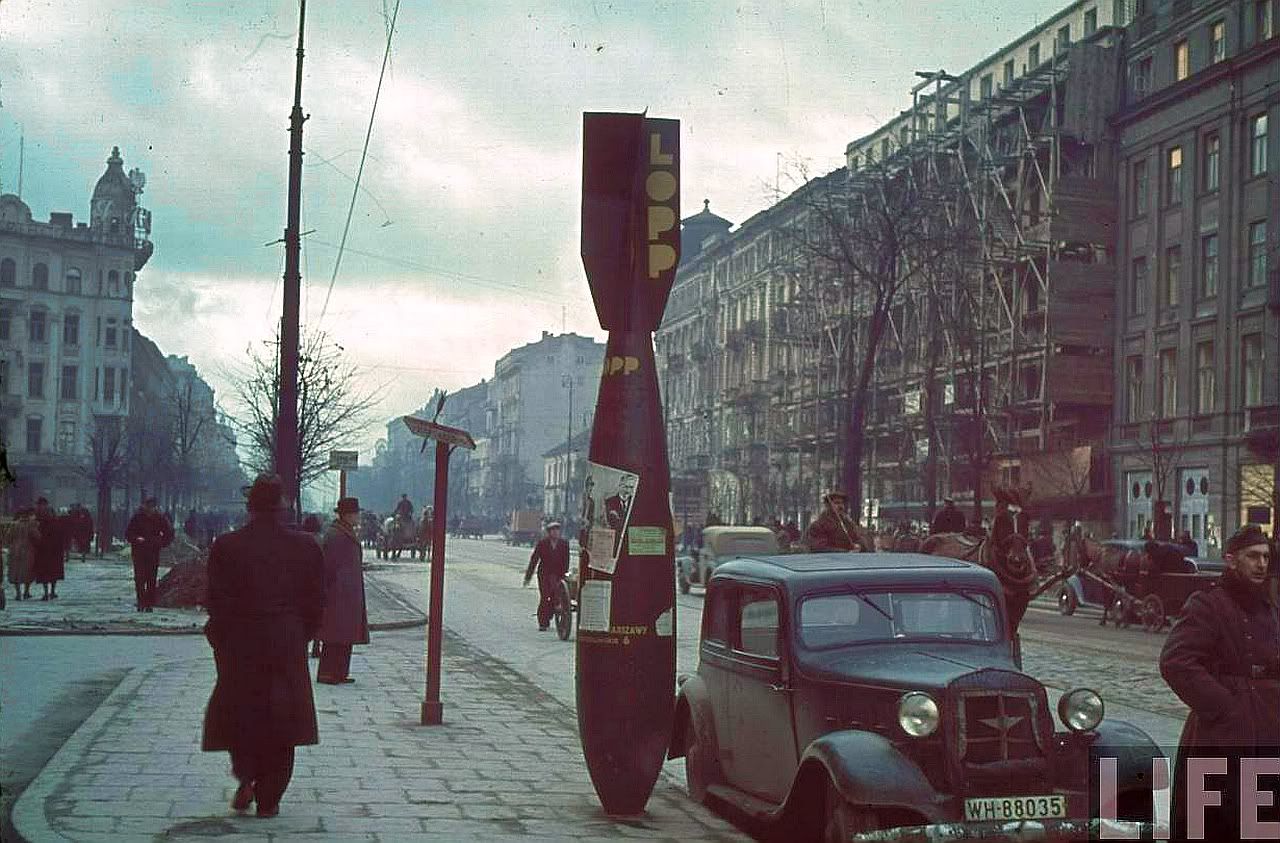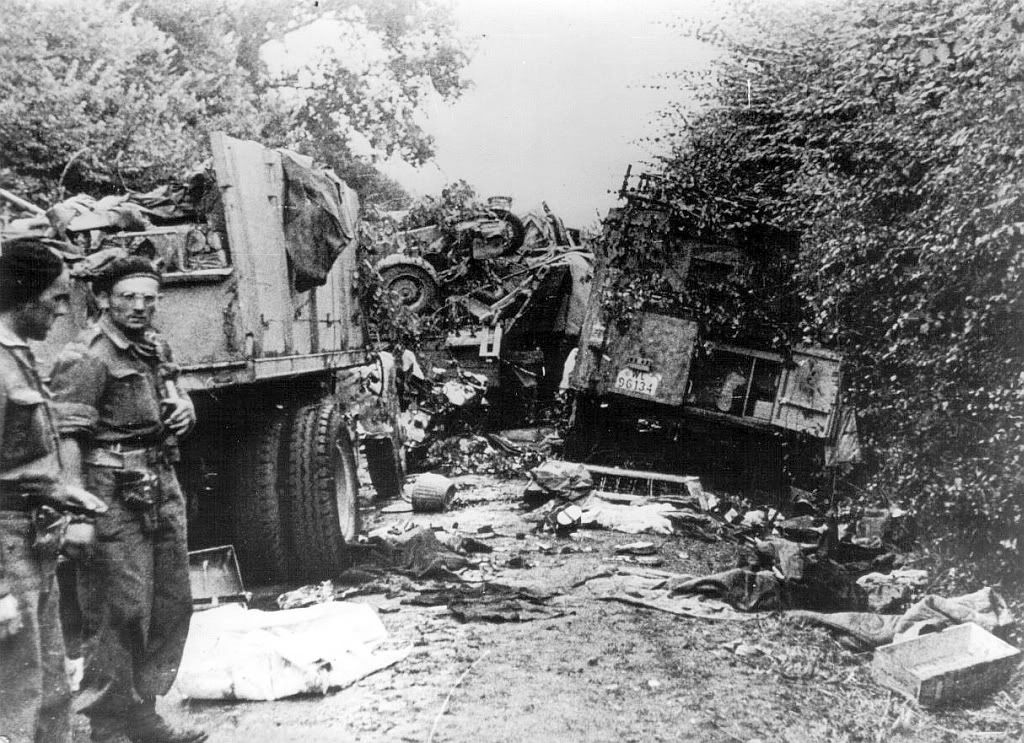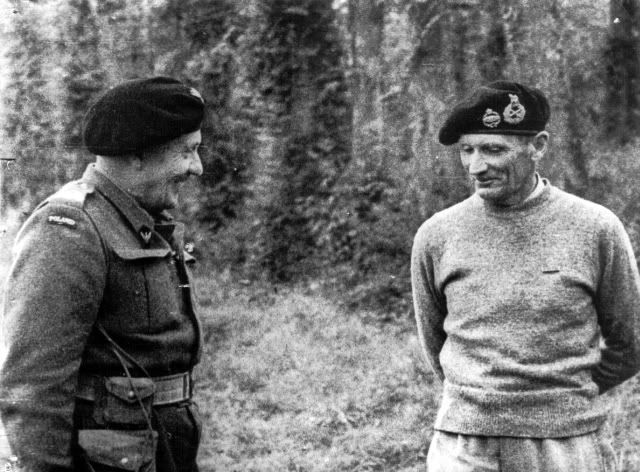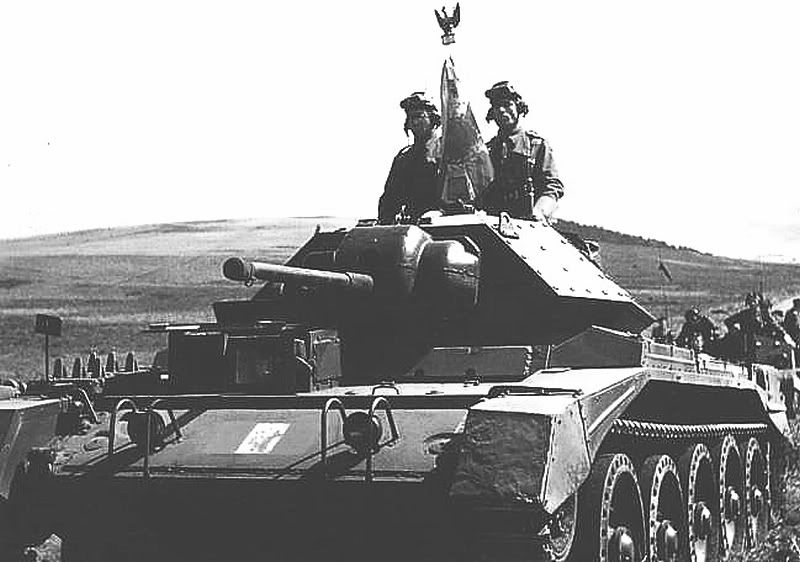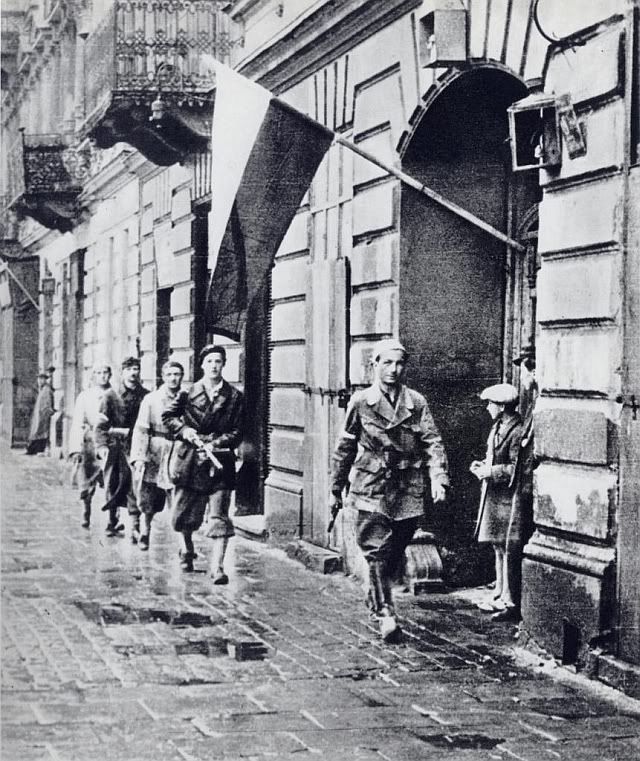You are using an out of date browser. It may not display this or other websites correctly.
You should upgrade or use an alternative browser.
You should upgrade or use an alternative browser.
Polish
- Thread starter Bootie
- Start date
Last edited by a moderator:
Poish Resistance in halftrack captured from 5th-SS 'Wiking' Div
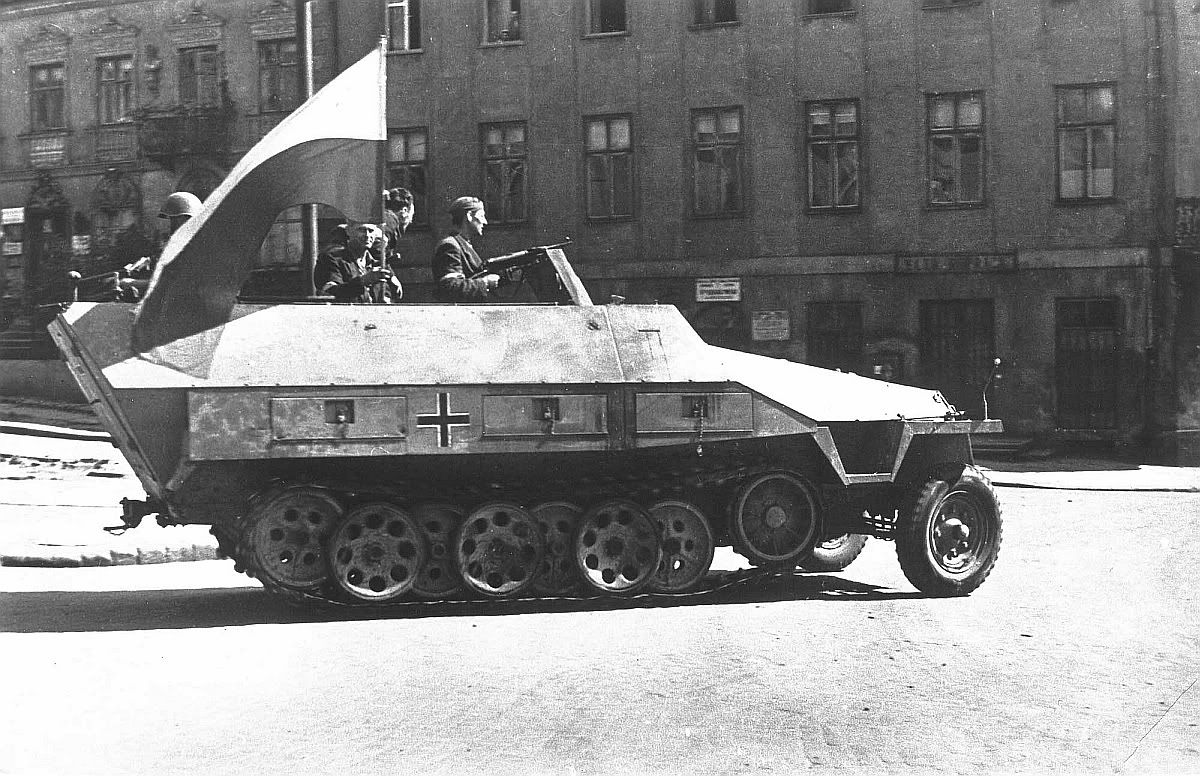
German Forces Approximately 50,000 German troops took part in the suppression of the Warsaw Uprising including Dirlewanger and RONA brigades, units of Hermann Göring and Viking divisions, front line 19th and 25th panzer divisions (in September), and others. The average weekly losses for Germans in Warsaw (1,250 soldiers) were higher than those on the Western (1944-1945) and Italian (1943-1945) fronts
The German army had at its disposal planes, tanks, and heavy artillery while insurgents lacked any heavy weapons. The Poles used arms that predated WWII, had been captured, or had been received from Allied airdrops as well as Home Army-manufactured arms. Still, for most, the only weapons available were gasoline-filled bottles (Molotov cocktails). Despite the lack of electricity, the production of hand grenades and sub-machine guns continued until the capitulation.
atrocities During the first two weeks of August, German forces executed up to 50,000 residents of the Wola and City Centre districts. Throughout the Uprising the sick, elderly, and disabled patients and staff of the city's and field's hospitals were routinely murdered. Until September 27 (when the Mokotow district fell), captured insurgents were executed on the spot
DEVASTATION During the 63 days of the Uprising, an estimated 200,000 of Warsaw's inhabitants lost their lives. Eighty percent of the buildings on the city's left bank were destroyed. After the suppression of the Uprising, all of the city's inhabitants–both insurgents and civilians– were expelled from Warsaw and sent to POW, death, labor, or concentration camps. After their departure, German forces razed many buildings that were still standing.

German Forces Approximately 50,000 German troops took part in the suppression of the Warsaw Uprising including Dirlewanger and RONA brigades, units of Hermann Göring and Viking divisions, front line 19th and 25th panzer divisions (in September), and others. The average weekly losses for Germans in Warsaw (1,250 soldiers) were higher than those on the Western (1944-1945) and Italian (1943-1945) fronts
The German army had at its disposal planes, tanks, and heavy artillery while insurgents lacked any heavy weapons. The Poles used arms that predated WWII, had been captured, or had been received from Allied airdrops as well as Home Army-manufactured arms. Still, for most, the only weapons available were gasoline-filled bottles (Molotov cocktails). Despite the lack of electricity, the production of hand grenades and sub-machine guns continued until the capitulation.
atrocities During the first two weeks of August, German forces executed up to 50,000 residents of the Wola and City Centre districts. Throughout the Uprising the sick, elderly, and disabled patients and staff of the city's and field's hospitals were routinely murdered. Until September 27 (when the Mokotow district fell), captured insurgents were executed on the spot
DEVASTATION During the 63 days of the Uprising, an estimated 200,000 of Warsaw's inhabitants lost their lives. Eighty percent of the buildings on the city's left bank were destroyed. After the suppression of the Uprising, all of the city's inhabitants–both insurgents and civilians– were expelled from Warsaw and sent to POW, death, labor, or concentration camps. After their departure, German forces razed many buildings that were still standing.

There is a huge discussion in Poland about this most tragic episode of Polish history.
Russian tanks were in the city, Germans regular units (including heavy tanks) were preparing to defend
Only 10% of Polish fighters had guns....
The very idea was to liberate city before Russians come but...... they stopped for 5 months just 500 meters from dying city
there were 63 days of heavy fighting and genocide.
Warsaw was almost annihilated.
Only legend of this heroic fight survived.......
a lot of phothos and facts you can find here
http://www.warsawuprising.com/
http://www.1944.pl/index.php?a=site_...46&se_id=12146
there is also interesting book by Norman Davis - Rising-44-Battle-for-Warsaw
"Polish flying ace Jan Zumbach (left) (13 confirmed kills) of the 303 Kosciuszko Polish Fighter Squadron poses with his Supermarine Spitfire and RAF colleagues, 1942. The plane bears Zumbach's distinctive Donald Duck symbol. He survived the war."
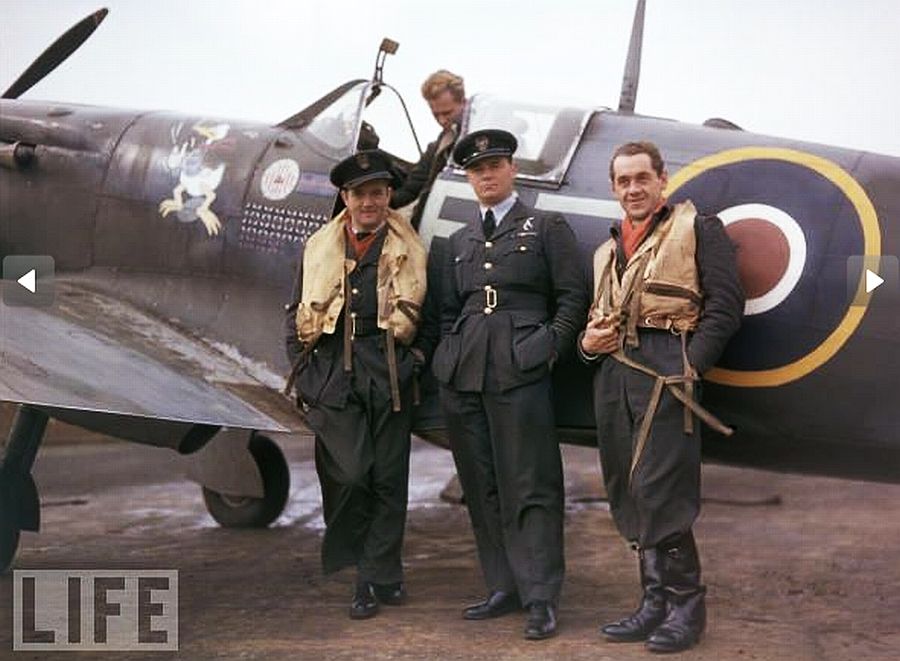

P
PoorOldSpike
Guest
Bolesław "Mike" Gładych - Pole who flew with the Polish Air Force, Armee de l'Air, Royal Air Force and the United States Army Air Force. His wartime score totals 17 claimed destroyed, 2 probables, 1 shared damaged, and 5 ground kills.


P
PoorOldSpike
Guest
A PZL P-11 downs a Messerschmitt 110 in Polish airspace 1939
